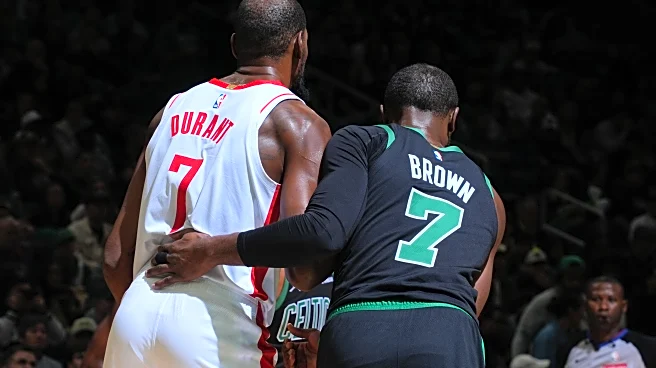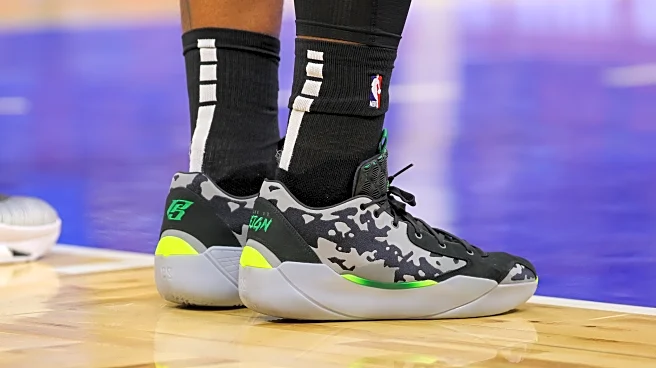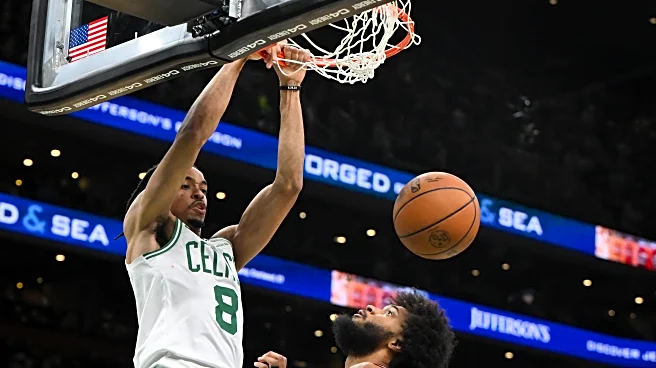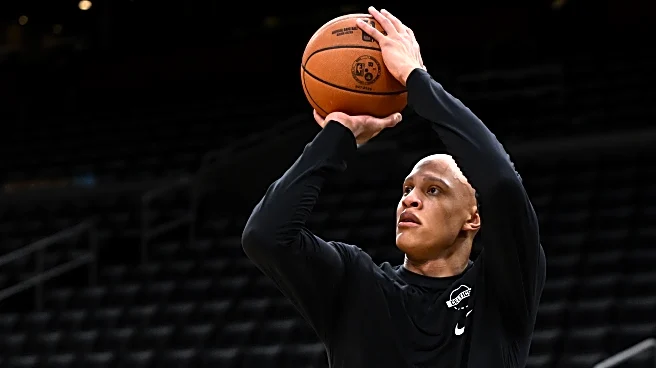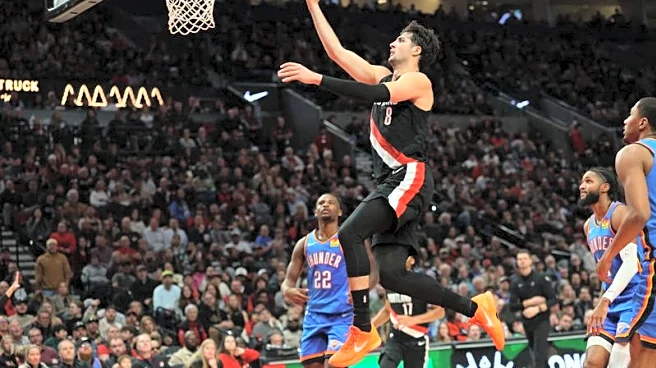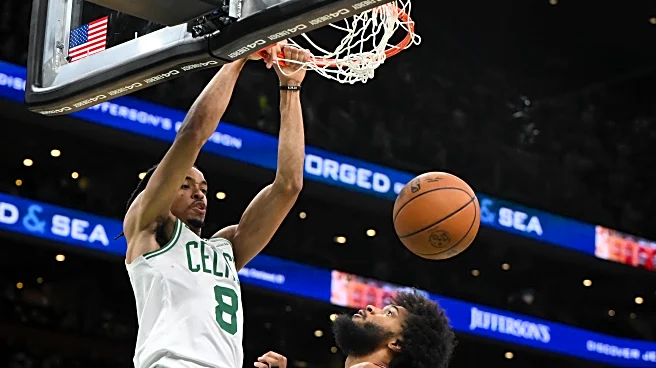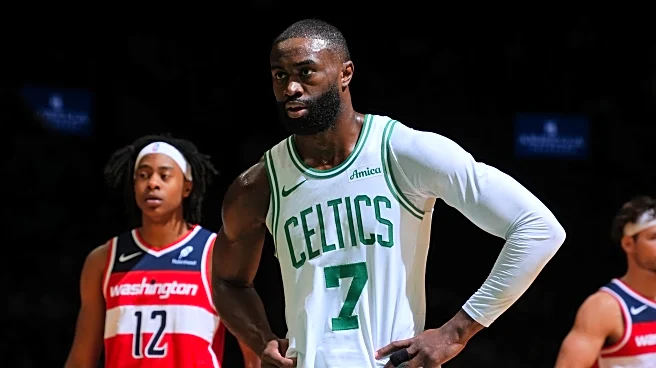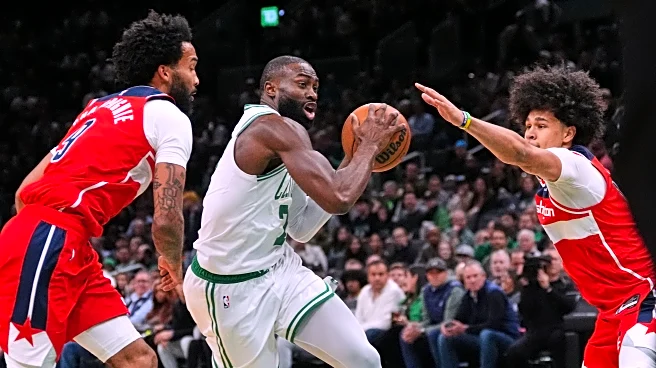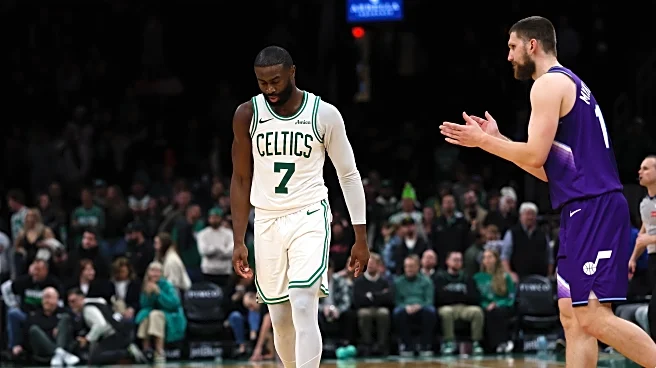For the first time since the 2013/14 season, the Celtics are among the top five teams in long mid-range frequency in the NBA. In a nutshell, the last time this happened, it was Brad Stevens’ first season as head
coach and the Celtics’ only season without a playoff appearance in the last 17 years.

Will the story repeat itself? Only time will tell. In the meantime, it’s worth looking into the details to understand the causes and consequences of this recent shift toward the good old middy for the Boston Celtics.
Boston’s unexpected return to the mid-range world
The offseason moves and Jayson Tatum’s injury are the two direct causes behind this new shot profile for Joe Mazzulla’s team. Without Tatum — and with the departures of Kristaps Porziņģis and Jrue Holiday — Boston has shifted a lot more offensive responsibility to the Celtics’ biggest mid-range taker: Jaylen Brown.
Jaylen Brown shifting away from the rim
With more responsibilities, Brown’s offensive game now relies much more on jump shots. His usage rate went from 29% to 35% per Cleaning the Glass, the 6th-highest offensive load in the NBA this season. This new level of responsibility has had a direct impact on his shot profile.
Last season, JB’s long mid-range attempts represented 13% of his FGA — already a lot (88th percentile). But this season, he has taken the mid-range to a whole new level, with 29% of his shots coming from that zone. That’s more than Kevin Durant or Brandon Ingram. Across the entire NBA, only DeMar DeRozan has a bigger share of long mid-ranges, at 41% of his FGA.
If Brown is taking nearly twice as many mid-ranges, that means fewer drives or fewer threes. And we can clearly see the shift: while the volume of threes remains the same (29% of his attempts), his presence at the rim and in the short mid-range has dropped sharply. His rim frequency went from 30% to 20%, and his short mid-range frequency (shots between 4 and 14 feet) dropped from 28% to 23%.
So why would a player who finishes at the rim at an elite level (93rd percentile this season) settle for mid-ranges instead of attacking the basket? Maybe he simply prefers it — but there’s also a structural cause behind this shift: the Celtics’ spacing is gone.
The Celtics can’t access the paint
Since Joe Mazzulla took over in 2022–23, the Celtics have never been a heavy rim-pressure team:
– 30% of shots at the rim in 2023.
– 29% in 2024.
– 25% last season.
But this year, they’re reaching a level the league hasn’t seen in a long time: only 20% of their shots come within four feet of the basket.
Even paint touches paint the same picture. The Celtics went from 14th last season to 26th this season. It’s not just about layups — it shows a broader issue:
They can’t touch the paint anymore.

Teams like the Houston Rockets (in the visual above) understand that the Celtics’ spacing isn’t as threatening as before. The New York Knicks already showed the league how to force Boston into stagnation during last year’s playoff run. This season, the Celtics have fewer shooters and fewer playmakers, which makes defending them easier for opponents.
This new shot profile isn’t only caused by JB — it’s a team-wide shift. Brown is just the most visible example.
More middy for everyone
If we look at the other players’ shot profiles, every Celtic with offensive responsibilities has increased their long mid-range volume. Payton Pritchard went from 5% to 12% of his shots from that zone. Even Neemias Queta has started taking pull-ups from the middy.

Now that we’ve established that the Celtics have become a heavy mid-range team — and why — let’s look at the potential consequences.
The worst shot profile in the NBA?
The sample size is still too small to draw definitive conclusions. You can analyze frequency trends early in the season, but efficiency is volatile before January. That being said, the Celtics have been extremely efficient from the long mid-range: 47% accuracy, compared to a league average of 40% and 41.5% for last year’s Celtics.
Will this efficiency hold? Hard to tell — but it seems unlikely that this roster will remain 6.5% more efficient than last year’s group from the same zone.
A useful metric to evaluate a team’s shot profile is Location Effective Field Goal %, via Cleaning the Glass. It shows what a team’s efficiency would be if it shot league-average percentages from each spot on the floor, based only on its shot distribution. It tells us whether the shot selection itself is theoretically efficient.
Last season, the Celtics had the 18th most efficient shot profile. This season: 30th. Dead last.
While this remains theoretical, Boston has gone from a top-six efficiency team to a bottom-twenty one — based solely on where they shoot from. The season is just getting started. However, there are clear signs that the team’s structure and skill set have shifted.
Will the Celtics be able to compete as a heavy mid-range team? Let me know your thoughts in the comments on the Celtics’ new shot profile.
